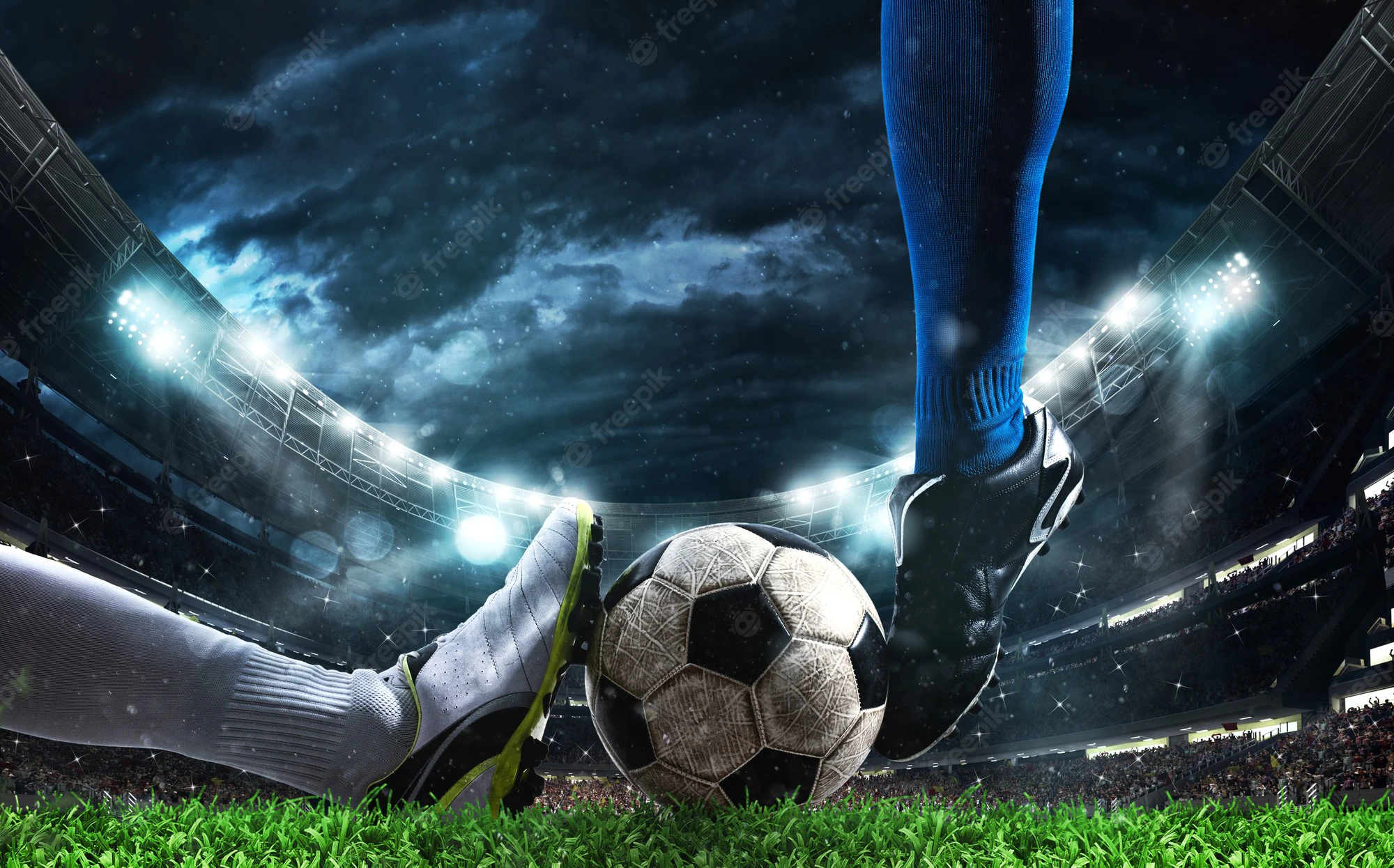Soccer is an athletic sport and it has become more than a game that awards the player with the best ball skills. Improving your body and your physical traits, as well as chiseling your physical weaknesses is extremely important in modern day 토토 and the field that tends to all these aspects is called soccer conditioning.
Soccer conditioning is actually made up of 6 concepts, or sub-sections if you will. The warm up, strength, power, endurance, agility and speed training are key components to a full soccer conditioning program. I won’t go into too much detail about them with the article at hand, but what I do want to do is give you a glimpse on what each component is, how it benefits you as a soccer player (or your players if you’re a coach) and how it can be improved.
At the very beginning of soccer, players would warm up before a match individually and rather disorganized. Besides of a few common warm-up and stretching exercises, they depended on the first minutes of play to get them into the right condition to play at full potential.
Nowadays, warming up is given increasingly higher importance, because it helps a soccer player in two ways: it protects you from muscle injuries such as strains and ruptures and it brings you to your maximum playing ability as the match or training session begins. A third benefit comes from specific stretching exercises, that make you more agile and flexible, which is a great advantage for a soccer player in today’s lightning fast game.
Strength is a crucial factor in soccer, since it affects several abilities used during a match, such as jumping, shooting, dribbling, shielding, balance, tackling or marking. Actually, strength is probably the only conditioning key component that is useful in the same measure for all players, regardless of their position on the pitch. Shielding is often confused with power, but as you will see below there’s a difference between the two.
Power can refer to one of three things in soccer: the power of your shots, the power of your headers and the power of your throws. Although strength does have an important role in determining these three attributes, you also need to have the right technique to make them work. So power is a combination between strength and technique.
For example, when kicking a ball towards the goal, strength will work towards a more powerful shot if you have trained out your abs, lower back and leg muscles, but at the same time you’ll need to kick the ball perfectly if you want to achieve a truly powerful and accurate shot. As a tire commercial once put it…power is nothing without control.
There are two types of endurance, short and long range. Short endurance refers to your ability to sprint longer and long endurance is more general and it helps you pull off an entire match. It’s important to know that endurance isn’t just about being able to run for the ball longer in a match. If you get tired, you will also have a harder time focusing on the game, jumping, tackling, dribbling, finishing and so forth. So having good endurance can help you get the best out of yourself for longer periods of time.
Note that it’s very hard to get to a level where you can run tirelessly even in the latter stages of the match. Even professional soccer players that are part of the most powerful clubs in the World tend to get tired around the 80th minute, or earlier if they played a high tempo game.

